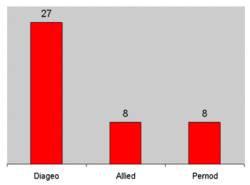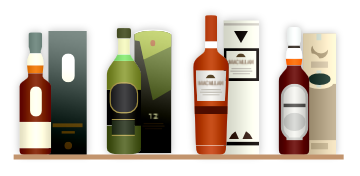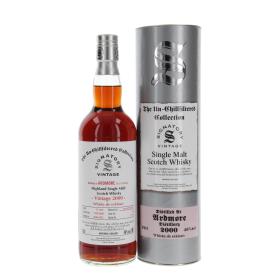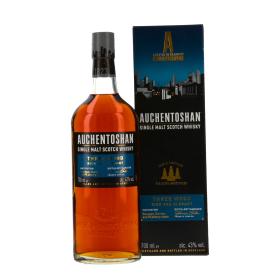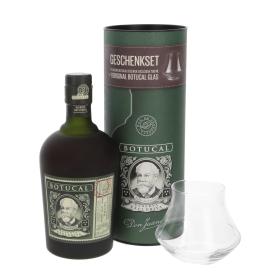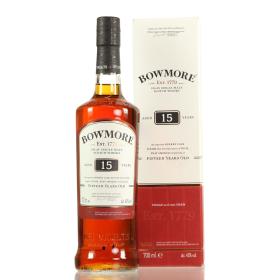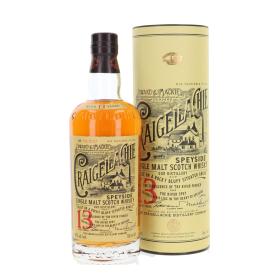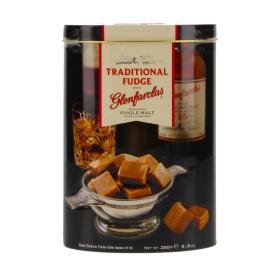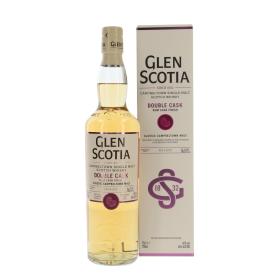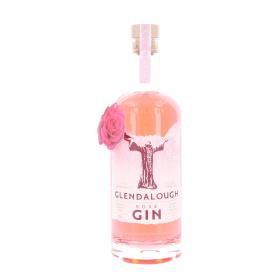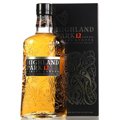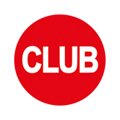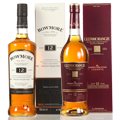The largest company behind the Scotch whisky industry was United Distillers, which was renamed Diageo in 2002. In the industry, United Distillers simply went by the acronym UD. In 1997, the world's largest spirits producer became even larger as a division of Guinness through a merger with Grand Metropolitan Hotels (Grand Met, 1995 turnover EUR 12 billion). The result was the Diageo Plc. group.
The beginnings of Diageo
However, before this merger could materialise, Guinness and Grand Met had to overcome opposition from the industry, particularly from the French luxury goods group Louis Vuitton Moet Hennessy LVMH and its chairman Bernard Arnault. Bernard Arnault briefly increased his shareholding in Grand Met to 11% in order to exert greater influence. However, as this action required around DM 1.3 billion at the time, he had to reduce his shareholding in Guinness from 14.2% to 12.5%. Bernhard Arnault's intention was to split up the Grand Met and Guinness food groups and, together with his Moet Hennessy branch, to bring about a three-way marriage between the three drinks divisions of the groups. However, this was not successful and Bernard Arnault left the Guinness board, of which he had been a director since 1989.
Grand Met brought International Distillers & Vintners Ltd (IDV) , another major spirits company, into the marriage between UD and Guinness . The two spirits subsidiaries UD and IDV became UDV, which was represented in more than 200 countries around the world and was selling almost one billion litres of spirits per year at the time. The new company had four major 'food and drinks' divisions: UDV, Pillsbury, Guinness and Burger King.
Diageo's biggest brands
The major spirits brands represented by Diageo include:
- Smirnoff, the No. 1 in vodka
- Johnnie Walker, the number 1 in blended whisky
- J & B, the number 2 in blended whisky
- Tanqueray, one of the leading gins
A total of 19 of the world's top 100 spirits belong to the UDV (Diageo) Group. The biggest whisky brands from UDV are
- Bell's 8 Year Old
- Black & White
- Cardhu
- Dimple (USA: Pinch)
- Glen Ord
- Grand Old Parr
- Haig
- Johnnie Walker
- J & B
- Knockando
- VAT 69
- White Horse
- Classic Malts and Classic Malts Distillers Edition
- Cragganmore
- Dalwhinnie
- Glenkinchie
- Lagavulin
- Oban
- Talisker
- Rare Malts Selection
Diageo distilleries include more than 50 of Scotland's single malt distilleries.
Diageo 's biggest competitors were Allied Domecq Plc (Laphroaig, Ballantine's, Teacher's, Long John) and Pernod Ricard (Chivas, Glenlivet, Longmorn), for which the sales figures from 2002 (in millions of 9 litre cases) are shown in the following chart. It is clear to see that Diageo is larger than its two competitors combined. UDV 's turnover in 1996 was around EUR 10 bn, 47% of Diageo Plc 's turnover, and its pre-tax operating profit was a whopping 20%. This is an excellent result by German standards, and Diageo certainly has nothing to hide internationally either.
But even though UDV 's (Diageo) sales figures looked overwhelming, UDV only sold 5% of the world's spirits and only 1% of the world's wine production. The opportunities for Diageo to continue to grow were still immense, and Paul Walsh, Diageo 's Chief Executive Officer, was committed to this.
However,Diageo recognises that alcohol can also be misused. Diageo will continue to be at the forefront of efforts to promote the moderate and responsible use of alcohol. Diageo supports organisations such as 'The Century Council' in the USA; 'The Portman Group' in the UK and also the 'DIFA Forum' in Germany.
Origins and history of Diageo
How did such a concentration come about? The origins of Diageo can be traced back to the Distillers Company Limited (DCL) , which was founded in 1877 and was taken over by Guinness in 1986 in a spectacularly hostile and, as we now know, illegal manner.
The history of DCL began with a merger of six companies on 1 May 1877 and is an extraordinary succession of growth, acquisitions and diversification.
The merger of the six companies was preceded by the formation of the Scotch Distillers' Association in 1865, which sought to counteract the distillery decline of the time.
| D. McFarlane & Co. | Port Dundas |
| John Bald & Co. | Carsebridge |
| John Haig & Co. | Cameron Bridge |
| McNab Bros. & Co. | Glenochil |
| Robert Moubray | Cambus |
| Stewart & Co. | Kirkliston |
The United Kingdom Distillers' Association (UKDA) was established by the DCL in the first few years after its foundation. This association, which soon became known as the Whisky Parliament , was dedicated to the promotion of patent still distilleries and developed a classic cartel behaviour that led to its demise in 1888.
In 1884/85, the Caledonian distillery was taken over.
Nothing more exciting happened at DCL until 1899. After the company narrowly escaped bankruptcy in 1899 due to the accumulated debts of a whisky trading company, Pattisons Ltd , a period of steady expansion of the business began.
By the 1920s, DCL dominated the Scotch whisky industry. By 1925, DCL had taken over the three major blenders James Buchanan, John Dewar and Johnnie Walker . The takeover of the companies had been preceded by many years of preparation (since 1909) by Price Waterhouse .
By 1934, the following malt distilleries were already part of DCL under the umbrella of Scottish Malt Distillers (SMD) :
| Highlands Aberfeldy Aultmore Balmenach Banff Benrinnes Brechin Clynelish Coleburn Convalmore Craigellachie Dallas Dhu Dalwhinnie Glendullan Glenlossie Glentauchers Knockdhu Linkwood | Lochnagar Oban Ord Parkmore Pulteney Teaninich Tobermory Lowlands Glenkinchie Linlithgow (St Magdalene) Rosebank Islay Caol Ila Lagavulin Lochindaal Port Ellen |
Other malt distilleries also belonged to DCL , but their names are no longer relevant today and are therefore not listed here.
In 1927, the DCL 's share of Scottish malt production was already 50% and was set to increase further. In 1935, 51 malt distilleries belonged to the SMD. DCL 's importance increased to such an extent that it rose from 39th place among the 50 largest British companies in 1905 to 4th place in 1948. In the same period, the company's capital rose from GBP2m to just under GBP130m.
The coming years were characterised by an international expansion of the distribution network, which was only slowed down by Prohibition in America and the Second World War.
While in 1924 only 2% of DCL 's profits were generated by activities other than alcohol production, this was followed in the next few years by strong diversification and the establishment of a separate chemical division, which specialised in acetone and butanol chemistry and thus gained a foothold in the solvents sector. A long battle with ICI was about to begin. But that's another story...




